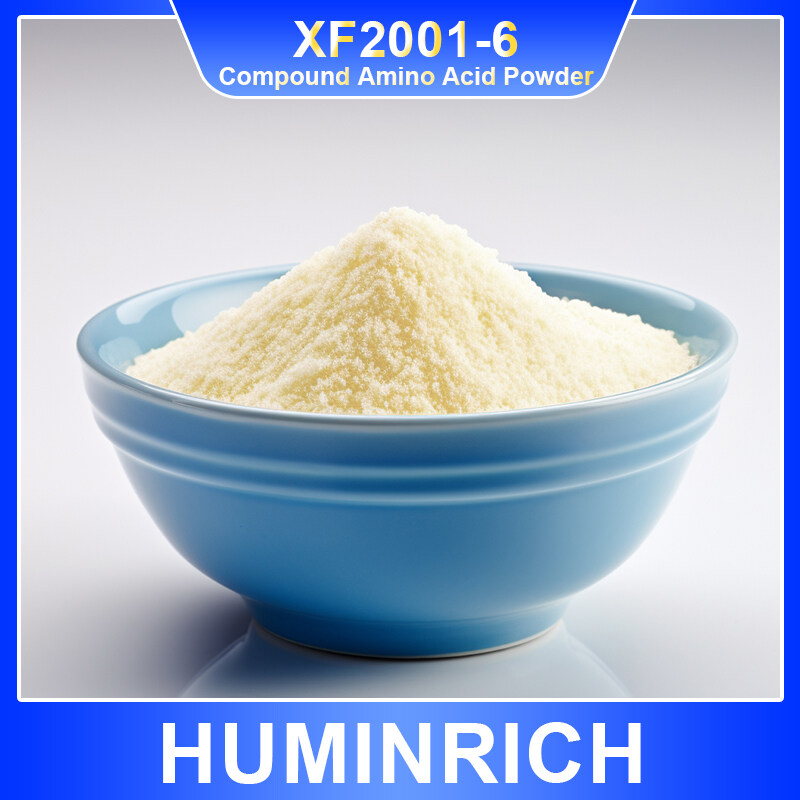Email format error
Email cannot be empty
Email already exists
6-20 characters(letters plus numbers only)
The password is inconsistent
Email format error
Email cannot be empty
Email does not exist
6-20 characters(letters plus numbers only)
The password is inconsistent


The Versatility of Compound Amino Acids
Amino acids are often referred to as the building blocks of life. They play a crucial role in protein synthesis, metabolism, and various physiological functions. Among the myriad of amino acids, compound amino acids stand out due to their unique structures and diverse applications. This blog post delves into the fascinating world of compound amino acids, exploring their importance, applications in various fields, and their potential benefits.
Understanding Amino Acids
Before diving into compound amino acids, it’s essential to understand what amino acids are. Amino acids are organic compounds composed of carbon, hydrogen, nitrogen, oxygen, and sometimes sulfur. They link together in various sequences to form proteins, which are vital for the growth, repair, and maintenance of tissues in the body. There are 20 standard amino acids, categorized into two groups: essential and non-essential.

- Essential amino acids cannot be synthesized by the body and must be obtained through diet.
- Non-essential amino acids can be produced by the body, even if they are not consumed through food.
Compound amino acids are modified or combined versions of these standard amino acids. They may include additional functional groups or be linked together to create new compounds, expanding their versatility and potential uses.
What Are Compound Amino Acids?
Compound amino acids are typically formed by the combination of two or more amino acids or by the modification of a single amino acid. These compounds can exhibit unique properties that differ from their constituent amino acids. For instance, they may display improved solubility, enhanced stability, or novel biological activity, making them valuable in various applications, including pharmaceuticals, nutrition, and cosmetics.
Examples of Compound Amino Acids
-
Dipeptides: Dipeptides are composed of two amino acids linked by a peptide bond. An example is carnosine, formed from beta-alanine and histidine. Carnosine has antioxidant properties and is believed to play a role in muscle endurance.
-
Tripeptides: Tripeptides consist of three amino acids. One notable example is glutathione, which is crucial for detoxification and maintaining the redox state in cells. It consists of glutamine, cysteine, and glycine.
-
Modified Amino Acids: Certain amino acids undergo modifications, such as phosphorylation or methylation, which can enhance their functionality. For example, tyrosine can be phosphorylated to form phosphotyrosine, a key player in cell signaling pathways.
Applications of Compound Amino Acids
1. Nutritional Supplements
Compound amino acids are widely used in dietary supplements aimed at enhancing athletic performance and recovery. They can help in muscle repair and growth, particularly after intense workouts. For example, branched-chain amino acids (BCAAs), which include leucine, isoleucine, and valine, are commonly found in sports supplements due to their role in muscle protein synthesis.
2. Pharmaceuticals
In the pharmaceutical industry, compound amino acids are used to create drugs and therapeutic agents. For instance, acetylcysteine, a derivative of the amino acid cysteine, is used as a mucolytic agent in treating respiratory conditions. Additionally, compound amino acids can be designed to target specific biological pathways, offering tailored therapeutic effects for various diseases.
3. Cosmetic Industry
The cosmetic industry has also embraced compound amino acids for their skin benefits. Amino acids can enhance skin hydration, improve elasticity, and promote the production of collagen. For example, serine, a compound amino acid, is known for its moisturizing properties and is often included in skincare formulations.
4. Food Industry
In food technology, compound amino acids are utilized as flavor enhancers and nutritional additives. They can improve the taste and nutritional profile of food products. For example, glutamate, derived from glutamic acid, is commonly used as a flavor enhancer in the form of monosodium glutamate (MSG).
5. Biotechnology
In biotechnology, compound amino acids play a crucial role in enzyme design and protein engineering. By altering the amino acid composition of enzymes, scientists can create biocatalysts with enhanced activity and stability for industrial applications.
Benefits of Compound Amino Acids
1. Enhanced Bioactivity
Compound amino acids often exhibit greater bioactivity compared to their individual components. This enhanced activity can lead to more significant health benefits, such as improved muscle recovery and enhanced immune function.
2. Increased Solubility
Many compound amino acids possess improved solubility in water, making them easier to incorporate into various formulations. This property is particularly beneficial in the development of dietary supplements and pharmaceuticals.
3. Targeted Therapeutic Effects
By designing compound amino acids with specific modifications, researchers can create compounds that target particular physiological pathways, leading to more effective treatments for various health conditions.
4. Versatile Applications
The versatility of compound amino acids makes them suitable for various applications across multiple industries, including nutrition, pharmaceuticals, cosmetics, and food technology. This broad applicability highlights their importance in modern science and industry.
Conclusion
Compound amino acids represent a fascinating intersection of biochemistry and applied sciences. Their unique structures and properties provide a wealth of opportunities for innovation across various fields, from nutrition and pharmaceuticals to cosmetics and food technology. As research continues to uncover the potential of these compounds, we can expect to see even more diverse applications and benefits, enhancing our understanding of amino acids and their role in health and wellness.
Incorporating compound amino acids into our daily lives, whether through dietary supplements, skincare products, or functional foods, can contribute to improved health outcomes. Their adaptability and effectiveness make them a valuable area of study and application, paving the way for future advancements in science and technology.
